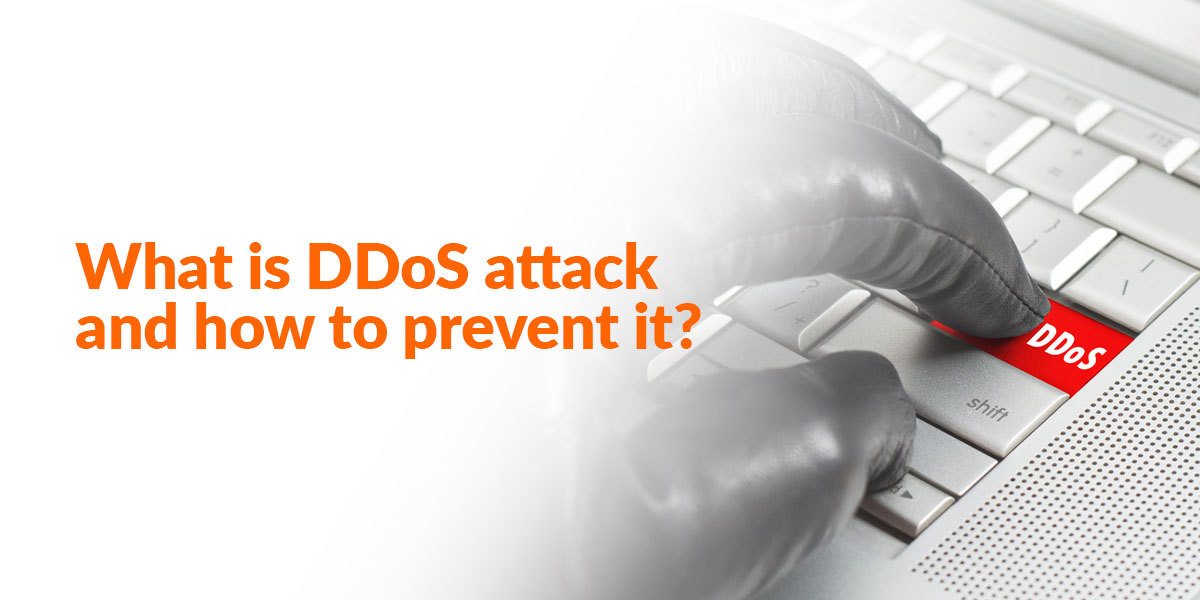
What is DDoS attack and how to prevent it?
The term DDoS is used as an abbreviation for Distributed Denial of Service and is used to refer to a group of cyber attacks where the critical systems are targeted to bring in disrupted network connectivity or other services. The user services are denied by the resource targets. It can be of multiple types. This article will cover the varied categories of DDoS attack and look for ways to prevent the same.
DDos Categorisation
DoS and DDoS attacks are broadly classified into the following categories:
- Attacks based on Volume
ICMP floods, UDP floods and multiple other floods based on spoofed-packet fall in this category. Saturating the bandwidth is the main goal of the attack on the target site. The magnitude of the attack is known to be scaled in Bps (bits/second).
- Attacks on protocol
Smurf DDoS, SYN floods, Ping of Death and other fragmented packet attacks are the main inclusions in this category. The resources of the actual server are consumed in this attack category. It can also include the equipment of intermediate communication including load balancers, firewalls, etc. Pps (packets per second) is used to measure this.
- Attacks on the layer of the application
GET/POST floods, Apache target attacks, vulnerabilities of OpenBSD or Windows and slow-and-low attacks are included in this category. Crashing the web servers through requests that can seem innocent and legitimate are the main motives of this attack. It is measured in Rps (request/second).
No matter whatever type of DDoS attack your network may suffer, it is sure to fall into one of these three categories.
Common types of DDoS attack
Though there are many types of DDoS attacks, some are more common than the rest. This is because of their simplicity and popularity among hackers. Below mentioned is a list of the most common ones.
- UDP flood
The packets of User Datagram Protocol are used to flood the target in this type of DDoS attack. The main motive is flooding the remote host’s random ports.
- ICMP flood
It is similar to the above-mentioned attack and works to slow down the system as the resources of the target are overwhelmed by ICMP Echo Request packets.
- SYN flood
A common weakness in the sequence of TCP connection is exploited in the SYN flood type of DDoS attack. It is one of the most common types of DDoS attack that brings in service denial from the target server.
- Ping of Death
As the name suggests, multiple malicious pings are sent by the attacker to the computer. This causes the legitimate IP packets to be denied due to the overflow of the memory buffers.
- Slowloris
It is one of the most target-specific attacks that allows taking down of a web server by another server. The ports and services on the network that is being targeted are not affected in any way.
- NTP amplification
The servers of Network Time Protocol (NTP) open for public access and the attacker exploits it using UDP traffic. It is more of an amplification assault where the attacker uses tools such as Metasploit to generate the attacks.
- HTTP flood
The POST or HTTP GET requests that seem legitimate are used to attack the applications or the web servers. The efficiency of the attack is determined on the allocation of the maximum possible resources in lieu of the single requests.
- Zero-day DDoS attacks
These are the new attacks that are unknown. These exploits the vulnerabilities that lack a patch release. It is becoming more popular within the hacker community in present times. The hackers are working to formulate more and more innovative techniques of successful zero-day attacks on multiple networks.
Preventing DDoS attacks
There has been no slowing down to the evolution of this form of cyber attacks. But there are multiple ways through which the attacks can be prevented. Below mentioned are some of the best ways for the purpose.
- Identifying the type of DDoS attack as early as possible
- Reducing the surface area for the attack
- Developing a response plan for Denial of service
- Securing the infrastructure of the network
- Bandwidth overprovision
- Practicing the basic security for the network
- Maintaining the architectural strength of the network
- Leverage Cloud servers
- Paying more attention to the warning signs
- Considering services for DDoS
- Consulting the hosting provider or your ISP
- Firewalls to fight the sophisticated software programs
These are some of the best ways to mitigate DDoS attacks but the options are not limited to these. There are a lot of other ways to prevent the network or server from falling prey to these kinds of attacks. Choosing a defender program, especially for third-party applications such as Sucuri or Cloudflare are one of the best ways to pull the reins on this kind of attacks. You can also look to configure the server to reduce the risks of falling prey to the attacks. It is one of the best ways to save the resources of the server and ensure that your users enjoy all the benefits of your network or server.



